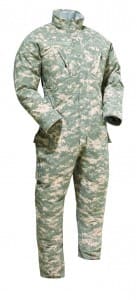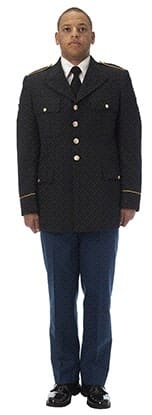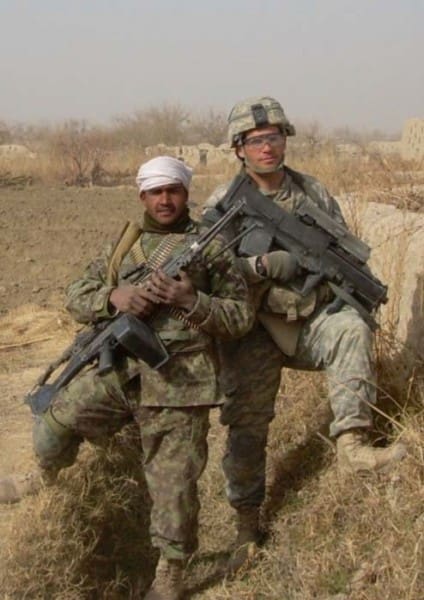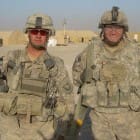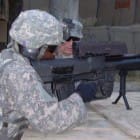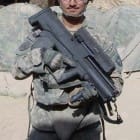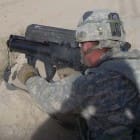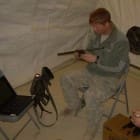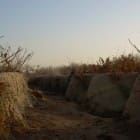
PFC Cheryl Rogers grins as 2LT Chelsea Adams helps her into the new Generation III Female Improved Outer Tactical Vest. The Soldiers, who are part of the 1st ABCT Female Engagement Team, Third Infantry Division, are preparing to deploy to Afghanistan and will be only the second group in the US Army to test this new body armor. Photo – US Army
The female fit variant of the US Army issue Gen III Improved Outer Tactical Best began in 2009 after the 101st identified fit issues with the Gen II IOTV for their female Soldiers.
“When I was with the 101st in Afghanistan, I raised the issue there that we had female Soldiers going outside the wire on a routine basis and their equipment was just too large for them to operate and correctly pocket their weapon in,” said MSG Jeff Fenlason. “Because the problems were directly affecting the ability of these women to operate efficiently in combat, the Army began looking for ways to improve the vests.”
During the initial push for a better vest, the U.S. Army Natick Soldier Research, Development and Engineering Center initiated multiple surveys and found that about 85 percent of women in the Army were wearing a vest one size too large and about 52 percent were wearing a vest about two sizes too large.
“Over the course of a couple years, NSRDEC worked through a couple design changes, and what we put the 1st ABCT FET team in is the result of all that work,” explained MSG Fenlason, who is now operating as a plans noncommissioned officer for 1st ABCT.
According to an Army press release, this version of the IOTV is designed to curve with the female anatomy, and the parts come in multiple sizes to custom fit to each woman, unlike the one-size-fits-all Gen II model.
The Army plans to field 3,000 of these models by the summer of 2013.



